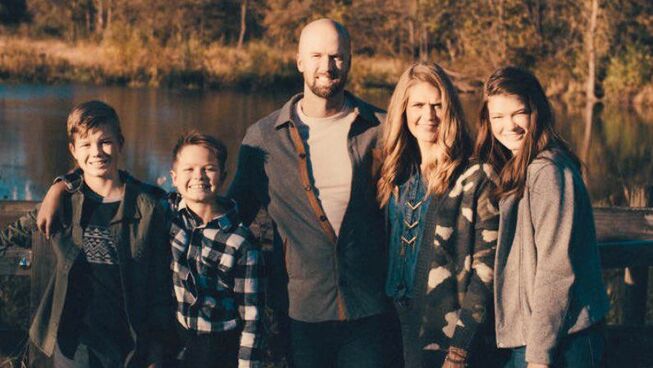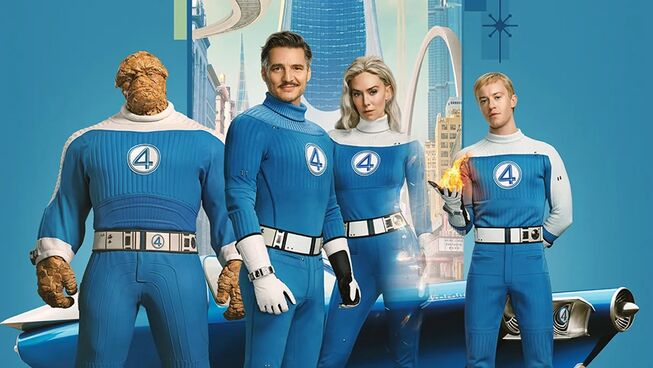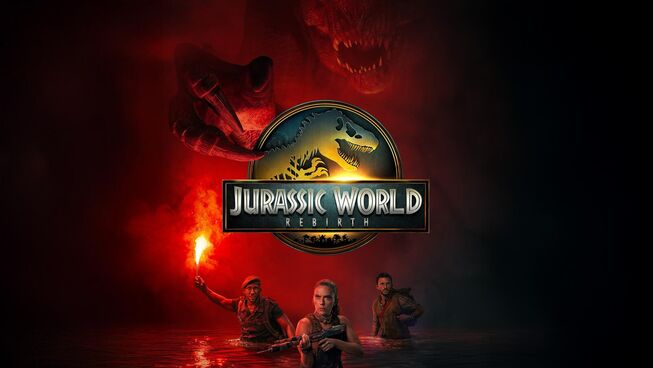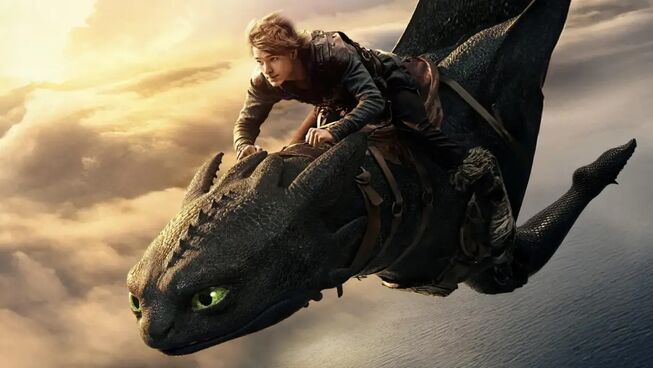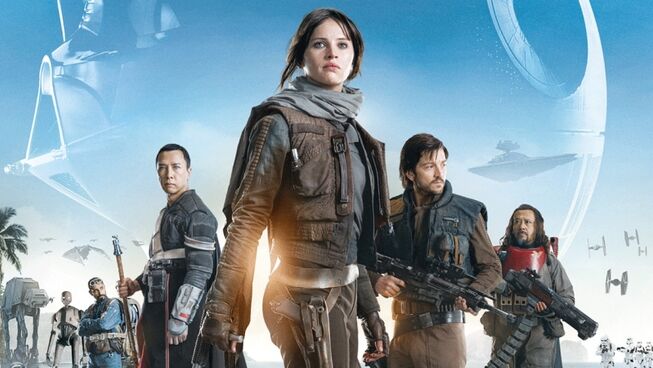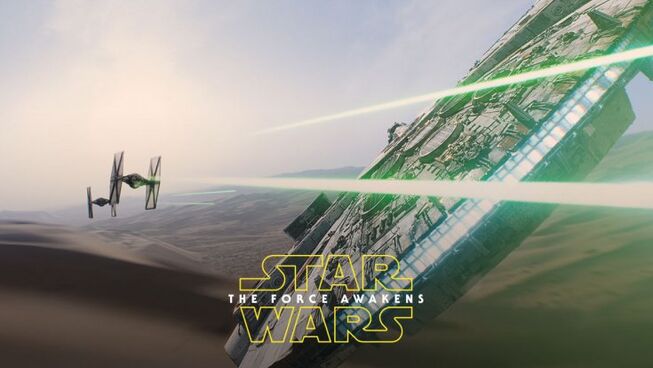The Return of the Jedi
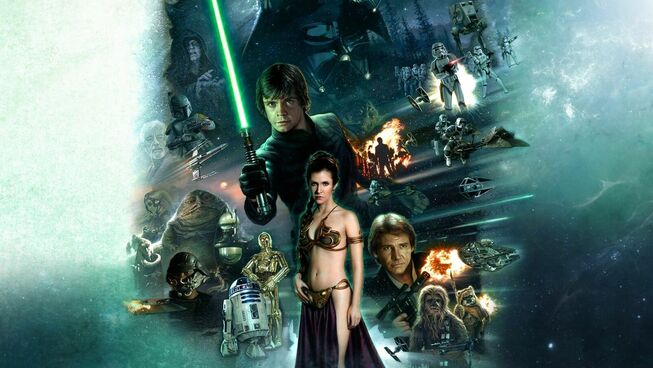
“A long time ago in a galaxy far, far away…”
It’s been 40 years since the release of The Return of the Jedi, the third and final installment in the Original Star Wars Trilogy. The saga began in 1977 with Star Wars: A New Hope, the fourth film in the chronological series and the first film that launched an operatic space adventure that remains a worldwide cultural phenomenon. The story follows a group of freedom fighters known as the Rebel Alliance, who devise a plan to save the galaxy by destroying the evil Empire’s great weapon, the Death Star. A young Tatooine farm boy named Luke Skywalker (Mark Hamill) partners with a space cowboy named Han Solo (Harrison Ford) and his Wookie co-pilot Chewbacca. With help from two eccentric droids called C-3PO and R2-D2, they board the Millennium Falcon in search of Princess Leia who was kidnapped by Darth Vader. After rescuing Leia, this offbeat team joins forces with the Rebellion and triumphantly destroys the Death Star. In the second act, The Empire Strikes Back is a much darker film with forces of evil threatening to overcome forces of good. Considered one of the best film scores ever, composer John Williams evokes Gustav Holst’s orchestral suite The Planets to suggest impending doom. Also known as Darth Vader’s theme, The Imperial March musically represents the evil Galactic Empire and accompanies the Imperial Force’s unrelenting quest to defeat the rebellion.
The Return of the Jedi is noticeably campier than its predecessors and is regarded, some would say unfairly, as the least significant in the trilogy. The first two Star Wars films took an enormous physical and emotional toll on creator George Lucas. Lucas had to be hospitalised for exhaustion while filming New Hope and Empire was plagued with financial problems that threatened to bankrupt the young filmmaker. Nevertheless, Empire was a box office success, grossing over $400 million worldwide. Critics were mixed, however, in their reviews of Empire because of what was perceived as mature subject matter related to complex relationships and the truly dark nature of the Force. For these reasons, Lucas set out to write a more family-friendly Star Wars film in Return of the Jedi and asked his good friend, Steven Spielberg, to direct. Spielberg was blocked by the Director’s Guild from directing Jedi and Lucas turned to David Lynch (The Elephant Man, Dune) and then David Cronenberg (The Fly, A History of Violence). Both directors passed. Lucas finally landed on British director Richard Marquand to lead the project. Lucas was impressed with Marquand’s 1981 film Eye of the Needle (Donald Sutherland), but Marquand had zero experience with special effects. Consequently, Lucas was frequently on set overseeing much of the camerawork and mechanical effects. Marquand once quipped that having George Lucas on set was “like trying to direct King Lear with Shakespeare in the next room.”
The Return of Jedi picks up approximately one year after the conclusion of The Empire Strikes Back. Han Solo has been captured by Darth Vader and frozen in carbonite. A giant slug gangster named Jabba the Hutt proudly displays Han Solo entombed in a carbonite slab at his Tatooine palace. Princess Leia’s failed attempt to break into the compound and free Han Solo results in Chewbacca’s imprisonment and Leia being chained as a slave to the repulsive toad. With help from Solo’s old friend Lando Calrissian (Billy Dee Williams), Luke Skywalker devises a plan to rescue his friends. Later Luke continues his training with Master Yoda for promotion to Jedi Knight. At the same time, the Rebel Alliance learns about a second Death Star being constructed under the supervision of the evil Emperor Palpatine. Ensuing battles in space and on the forest moon of Endor will determine the fate of the Empire. Meanwhile, when pressed by Luke if Lord Vader is his real father, Master Yoda vaguely admits there is “another Skywalker.” It is Obi-Wan Kenobi who confesses that Darth Vader was once a Jedi named Anakin Skywalker, Luke’s father, who was eventually drawn to the dark side of the Force. Luke must come to grips with this new revelation while resisting powerful, evil forces that seek to turn him over to the dark side.
Despite being the highest-grossing film of 1983 and having received generally positive reviews, The Return of the Jedi is often treated as the last born in a family of all-time classic films. Consequently, it does not get the proper attention it deserves. Many fans of the original two films were put off by Jedi’s change in tone and what was perceived at the time as an overt merchandising gimmick towards children. The best example of this is the introduction of the Ewoks, a cute teddy bear-like creature from the forest moon of Endor. In an article from the June 30, 1983, edition of The Christian Science Monitor the author ponders a potential merchandising goldmine in The Return of the Jedi and the Star Wars Trilogy.
“Looking at a list of the licensees and their wares it seems everything, but Jedi dental floss is being pushed. Amongst the products in the Jedi line: slumber bags, rubber masks, watches, roller skates, wastebaskets, toothbrushes, wallpaper, curtains, plastic mugs, lunch boxes, belt buckles, comic books, soap, kit bags, combs, bubble bath, video games…etc.”

Reel Marriage
Lights, Camera... Movies and Marriage!
Marriage is one of life’s greatest blessings, yet it faces countless challenges in today’s world. How can we strengthen our commitment and help others see its value? The Bible offers wisdom, but what if movies could serve as a bridge to deeper conversations about love, faith, and commitment?
Reel Marriage explores how film and Scripture can illuminate the beauty of marriage, providing fresh insights into God’s design for love and relationships. From classic romances to modern dramas, movies capture couples' struggles and triumphs, mirroring biblical truths in powerful ways.
Faith and film unite. Are you ready to see marriage in a whole new light?
If you order your copy today you will also receive a complementary handbook that is only available with the purchase of the book (Print or ebook)
Today Hollywood invests heavily in the marketing of blockbuster films, and it is amusing to reflect on a time when studio execs were reluctant to admit that merchandising was a key part of the marketing strategy. In fact, George Lucas sacrificed part of his salary to make Empire in exchange for the rights to Star Wars merchandising, a deal that made him a billionaire. Sid Gannis worked at Lucasfilm as vice president in charge of marketing when Jedi was released. In this same article, he was asked about the role of merchandising in filmmaking.
''We don't feel it's appropriate to talk about merchandising. It would look like we're making films to make merchandise, when in fact we're making films. Our film marketing strategy supports the idea that merchandising is a kind of negative. The feeling then is we're in it for the bucks, when in fact we're not.”
The Return of the Jedi is sometimes criticised for having a different tone from the first two films. The narrative is filled with multiple character arcs that are at times, imbalanced and uneven. The result is a more complex storyline compared to New Hope and Empire. Lucas also leans into a more family-friendly experience in Jedi that creates conflicting messaging. For example, humour and sometimes awkward one-liners make an almost whimsical tone that isn’t present in the first two films. To market specifically to children, George Lucas increased the use of Jim Henson’s puppeteering to introduce a lineup of new characters. Examples include the reptilian Rancor, the furry Ewoks, and the massive Cheshire cat-like Jabba the Hutt. At the time, Jabba the Hutt was the largest puppet ever created for a film. It took three months to create at a cost of $500,000 ($1.4 million today). Three puppeteers had to cram themselves into its body to operate the loathsome creature.
However, the decades have been kind to Jedi’s legacy. A new generation of Star Wars enthusiasts has come to appreciate its timeless themes of redemption, the need for friendship, and the tendency for absolute power to corrupt absolutely. There is a constant tension between the forces for good in the Empire and the forces for evil that seek to take it over. While writing Star Wars, Lucas recognised this truth about human nature, and Jedi emphasises the idea that there is always hope and that redemption is possible.
George Lucas’ rich imagination is on full display in The Return of the Jedi with a wide range of characters, exotic creatures, fantastical locations, and a three-act storyline that is non-stop action. Who can forget the thrilling lightsaber duel between Luke and Darth Vader? Vader’s severed hand, followed by a request of his alienated son, Luke, to remove his helmet for a more merciful death, is one of the most iconic scenes in film history. The list of memorable scenes goes on and on. Even after forty years, The Return of the Jedi holds up after countless rewatches. If you’re planning a trip this season, consider one that involves a galaxy far, far away.
